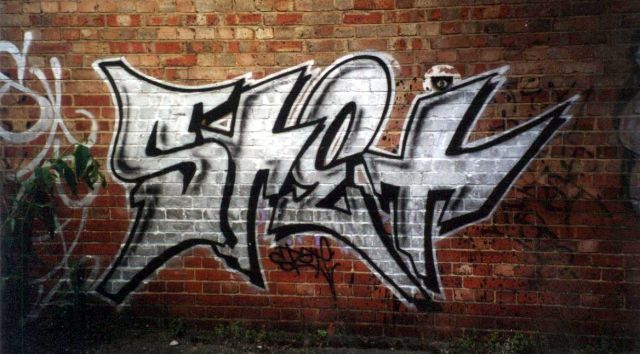Hundreds of words have come directly from Latin into English, retaining the exact form in which the Romans used them two millennia ago. For a compendious list, see the website “Latin Words in English” (compendium, the source of “compendious,” is one of the words on the list). It’s noticeable that few of these Latin words are verbs, as opposed to nouns or adjectives. There are only a dozen or so of the former, among them audio (“I hear”), video (“I see”), and veto (“I forbid”); exit and exeunt (“he goes out,” “they go out”); the imperative recipe (“Take . . .,” as originally used in physicians’ orders for medicines, then in instructions for cooks); and the, well, highly interesting interest (“it makes a difference,” “it concerns”). And then there are verbs in the subjunctive, that grammatical mood which Latin used for conditions contrary to fact or actions wished for. Such verbs are caveat (“let him beware,” as in the stock phrase caveat emptor, “let the buyer beware”), fiat (“let there be”), and finally the verb I am concerned with here, stet. This word—which incidentally does not appear in “Latin Words in English”—is the third-person singular present subjunctive of stare, “to stand,” and it means “let it stand.”
Anyone who has proofread copy knows stet. You make a correction to the text, then have second thoughts and decide to go back to the original wording, at which point you put a row of little dots under what you crossed out and write stet in the margin. If all goes well, the printer gets the point and sets into type what you wrote in the first place. The earliest use of the term listed in the OED comes from 1755, appropriately enough in a printer’s handbook.
Here is a more contemporary and to me much more interesting use of the word. On a recent trip to England I took a day trip via train to the London suburb of Dulwich. All the walls along the way and in the stations were adorned with elaborately curlycued graffiti—also known, to its devotees, as spray-paint art. At Peckham Rye there was a particularly colorful display, covering the whole of a tall brick wall. It was headed by an all-caps STET, looking something like this, a tag from another London station (Wandsworth):

Source: www.laraehrlichwrites.com
I have no way of proving it, but I think “STET” in this context might mean “Let my work stand!” or “Don’t you dare cover my work up!” Could a British proofreader be moonlighting as a graffiti artist, a tagger? In any case, the STET tag would be the rough equivalent of a phrase seen on graffiti or in tattoos in Southern California, con safos, sometimes abbreviated to c/s. According to Alec Albor’s definitive study “Mi ‘Con Safos’,” the tag means “with safety” or “with respect.” It is essentially a Chicano urban copyright, a way of saying “no matter what you may add here, or erase, my original work stands.” Still another analogue to the Peckham Rye STET would be the “O.K.” which, beginning in the 1970s, was invariably added to British graffiti championing football clubs—“Chelsea Rules O.K.!” or “Millwall Rules O.K!,” Millwall being the club whose stadium just south of the Thames I also saw on the train to Dulwich. “O.K.” in this sense became well known enough to be mocked in fake graffiti, as with “Scots rule, och aye!” and “French diplomats rule, aux quais!” (both examples are from David Crystal’s Cambridge Encyclopedia of Language).
O.K., STET, con safos—all intensifications of meaning, all magical charms against erasure. I wonder what the ancient Romans wrote after their graffiti.